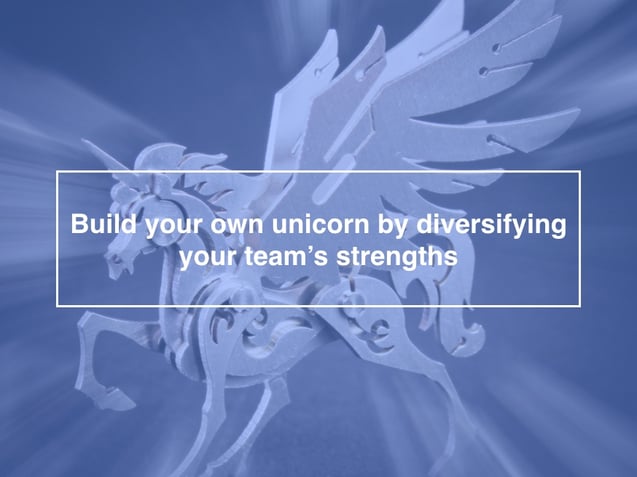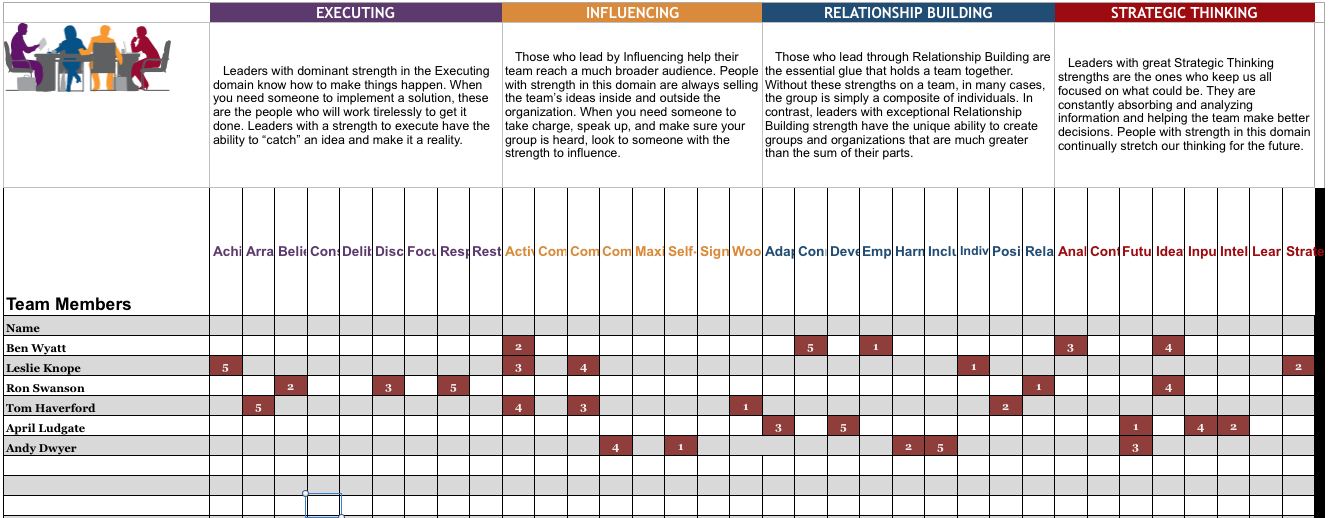*This article was originally published at http://journeys.getsynap.com/hiring-for-customer-success-fit-and-growth
In the first article of this series, we laid the foundation of organizational questions you should answer before growing your team. We covered understanding where your business is in its lifecycle, who your clients are, the complexity of your products, and potential internal candidates. These are all critical points to understand before launching into recruitment mode, but there are a couple more questions to consider to set yourself up for success.

How can you diversify your team to maximize your collective impact?
Maybe you’ve heard of Customer Success “unicorns.” You know, the people who are uber personable and persuasive, while also quite technical, analytical, and strategic all at once. No doubt, the more people you can find who demonstrate empathy, tech-savviness, problem-solving skills, and enthusiasm, the better. However, this role requires a lot of a person ranging from technical skills to sales chops and it’s unlikely that you’re going to find all of those skills and strengths in each individual. Let’s be honest, unicorns are a figment of our imagination. (Unless you count Narwhals – I do – but even those are relatively rare.)
So rather than chasing the terribly-elusive, build your own unicorn. Diversify your team by bringing in different strengths that complement those you’ve already got. The whole is greater than the sum of its parts. Stated another way, the more varied the strengths of your team members, the more complete and strong your team will be as a whole. Just think about how diverse your clients are and how diverse the challenges and needs that arise from them are. If your team is too homogenous, you may miss opportunities for providing the best experience for a client or solving a challenge in a new and better way. The broader the range of strengths you bring into the team, the better positioned you’ll be to address the varied situations that will arise in your Customer Success journey.
If you’re not sure of the top strengths your team already has, pay the $15/person and take Gallup’s Clifton Strengthsfinder. Even though you may not ask candidates to complete the assessment during the recruiting process, it can be incredibly helpful to recognize and appreciate what you’ve already got a natural knack for. For example, if you and/or your existing team are heavy in the Relationship Building area and you’re about to roll out some new engagement programs, you may want to target a new teammate whose top strengths are more in the Influencing or Executing areas. There are even worksheets where you can plot out your collective strengths.

The key is to cultivate a group of people who each bring their own strengths to the team and who respect what the others bring. The more you acknowledge and celebrate your own strengths, the easier it is to spot those with complementary strengths. In this way, building a great team is much like putting together a puzzle. Linda MacLachlan of YJT discusses this concept of fit starting at about minute 16:30 in her recent Journeys episode. There are many excellent candidates out there, but which of those great people fit best within your specific puzzle of an organization? This can and will change over time, so it’s important to take stock of this before launching into recruiting mode. At the end of the day, I would argue that the main thing you need in a Customer Success candidate is for the person to care. You want them to care about the clients, their teammates, the company, succeeding. As long as your candidates have that one characteristic, you can build your unicorn.
What are the growth opportunities for these new hires?
For most rock star team members, there is nothing more demotivating than feeling stagnant in their positions. If you aren’t offering your team opportunities for growth, you’ll find yourself continually hiring and starting from scratch. Now, keep in mind, this isn’t, by any means, a one-size fits all progression plan. If you’ve done a good job diversifying your team, as discussed above, you should have a variety of options to keep your team engaged, since different challenges will make each of them tick and will be better suited to their particular strengths.
Some opportunities for growth can be found in new projects or increased responsibility, like implementing a new system or process. Hearkening back to our first article in this series, as you grow, you’re going to need to implement processes and technology. If you have someone on your team who has a knack for groking new systems, give her ownership of selecting, implementing, and training her teammates on the new system. If you have another individual who excels at time management and efficiency, ask him to review key processes. He can take the lead on looking for ways to improve upon them, documenting them and communicating them to the team.
Be creative. There are endless opportunities for growth if you know where to look. Have a team member with an incredibly strong understanding of one of your products? Make them a subject matter expert, acting as the point person for sales assistance or the client liaison with product and development teams. Perhaps someone on the team is a strong writer; once they’ve tackled the main help documentation needs, send them on to help marketing craft blog posts or collect and assist with case studies.
Notice that none of the above growth opportunities are explicit steps up on the “chain of command” or “corporate ladder.” That’s because that’s not what every individual wants or is best-suited for. Of course, the time will come when you do need additional leadership positions, and, inevitably, some people are going to be a good fit for those, as well. Whether this means direct responsibility for guiding others through their work or taking on more complex and strategic projects or client relationships, these functions will surely be needed at some point. While I don’t think it’s necessary to have a roadmap for “moving up” in the Customer Success organization right away, I do subscribe to the idea that the best leaders lead themselves out of a job. What I mean by this is that you should set up the team to be able to live on beyond you being a part of it. In that sense, you should always keep an eye out for potential leaders, even in the early stages.
Much as we discussed in the last article about looking within your organization for good candidates, you should also always be on the watch for new opportunities and challenges on other teams within your organization. Even though it may be tough to lose someone from your team, you benefit from retaining the knowledge and skills this person has acquired, you keep them engaged, and you get an advocate on another team who can help share the perspective of your team in their new role.
Once you have taken stock of your team’s current strengths and you have an idea of how you can help your new hires grow, you’ll be in a great position to go out and find the next great fit for your team. Keep an eye out for our next article in this series, where we’ll discuss the recruiting process and offer some tips on how to find excellent candidates.



